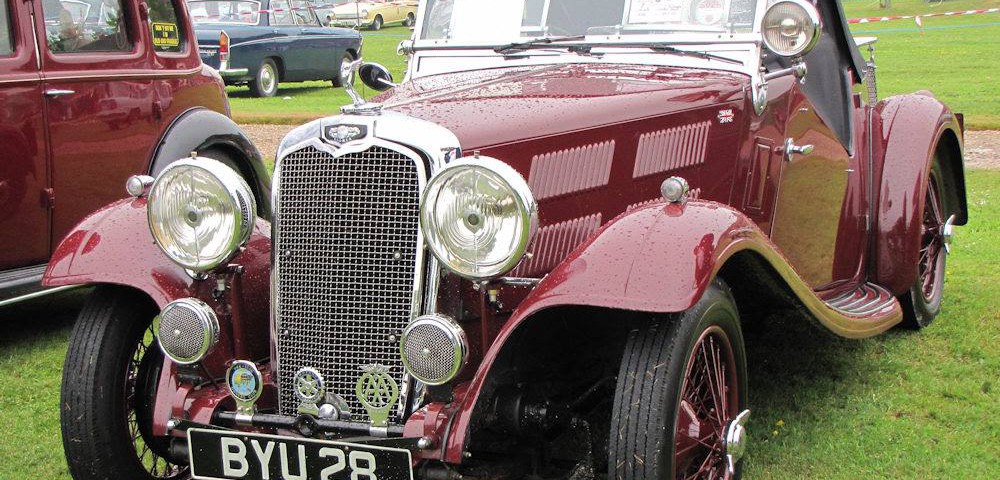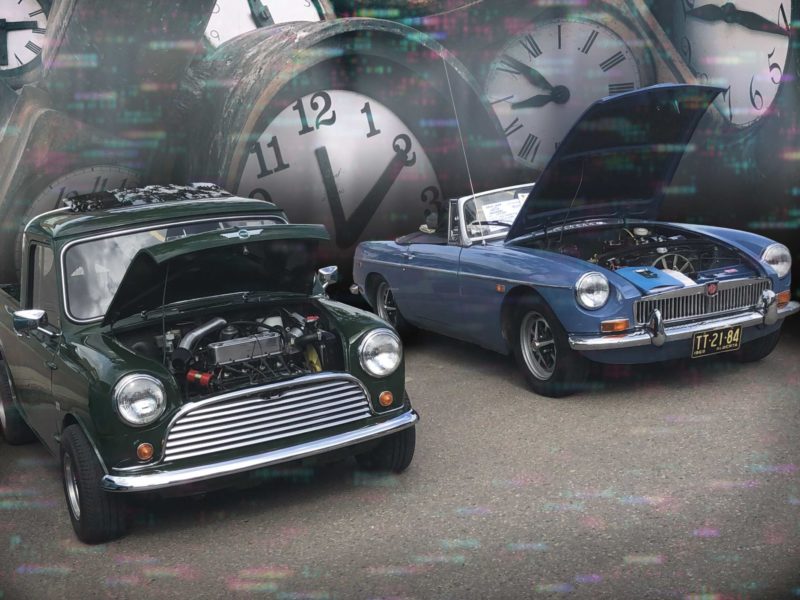There is a Laura Branigan song here for those of a certain age and for others this may remind you of a Christmas carol. Following the success of the Super Seven and the Southern Cross, Triumph launched the Gloria range in 1933. Built using various proprietary parts and clothed in coachwork designed by its own designers, Triumph hit upon an immediate success with the varied line which consisted of an array of models including saloons, both fixed head, drop head and golfer’s coupes, sports and touring cars.
Most of the cars used Coventry Climax designed engines in both 4 and 6 cylinder form and were advertised as “The Smartest Cars in the Land.” Vitesse models offered more rakish styling and used the Southern Cross name to project a more performance oriented image that was burnished by the efforts of de facto Competition Manager Donald Healey. Using a hybrid Gloria that was based on an earlier Southern Cross (pre-Gloria) design, Healey won his class (and finished third overall) at the 1934 Monte Carlo Rally that set in motion the connection between Triumph and high-performance for many years to come.

Styling on the Free-Flow Saloon was more Continental than anything in its price class and could have represented one of the most dashing Triumph’s ever
With the publicity that was earned at Monte Carlo, sales continued apace and a new, more modern assembly plant was secured in Coventry to assemble the cars. The chassis came in both long and short versions (with an 8-inch difference) depending on the engine used and Lockheed hydraulic brakes were fitted with 12-inch drums. Several limited production models were built by the factory, including the aerodynamic Flow-Free (22 built) that had the styling of far more expensive Continental rivals. Production of the Dolomite continued alongside the Gloria and Vitesse range after it was introduced in 1936 and would introduce overhead valve design to the mass produced Triumph.
Despite their popularity, there were too many models offered with not enough sales to generate a profit at the price they were sold at and Triumph was forced into the clutches of receivership. Despite the talents of Donald Healey and cars that were admired by the public and press, Triumph could not survive against the likes of Austin and Morris nor survive as a small entity like Morgan and Jaguar.
 Purchased by a steel manufacturer in August 1939, the last prewar car was built late that year and war production beckoned. Only the intervention of Sir John Black in 1944 would save the company and allow it to make history with the TR range after the war …
Purchased by a steel manufacturer in August 1939, the last prewar car was built late that year and war production beckoned. Only the intervention of Sir John Black in 1944 would save the company and allow it to make history with the TR range after the war …
by Johnny Oversteer











'In Excelsis – The Triumph Gloria Range' has 1 comment
September 18, 2015 @ 1:48 pm John Lakeland
As the owner of five prewar Triumphs,I find their history fascinating and can only wonder what might have been had circumstances been different.
One of my cars was in the same ownership for 60 plus years and covered 650000 miles !A remarkable feat for modern cars.These cars were well designed and and as good a any of their contemporaries with many innovative features.I will continue my work with these remarkable cars in building specials from the remains of the saloons that I find around the country.
Steptoe’s 1950